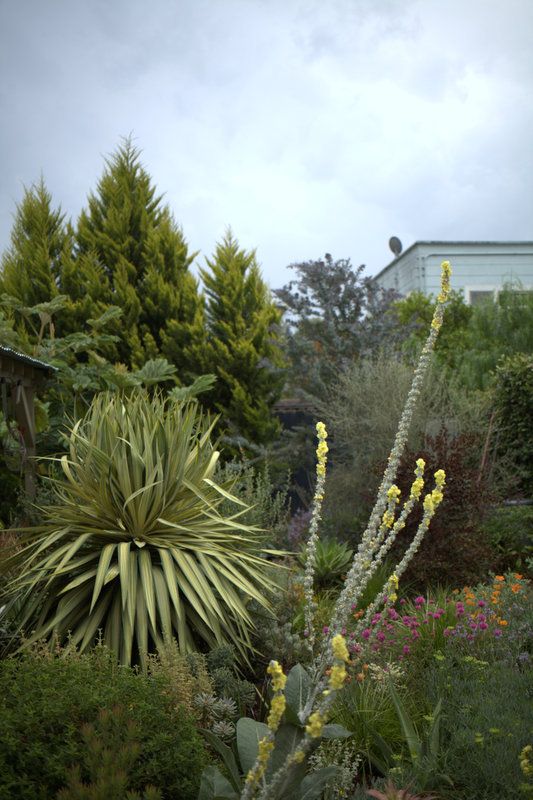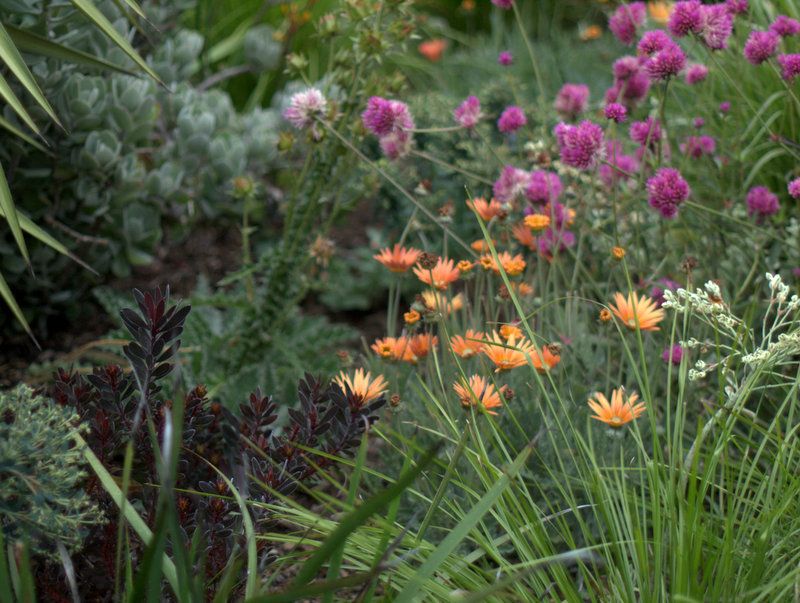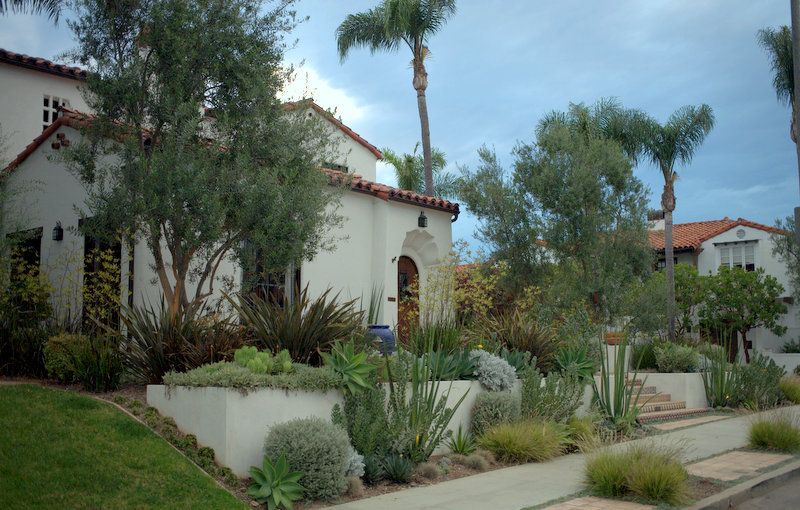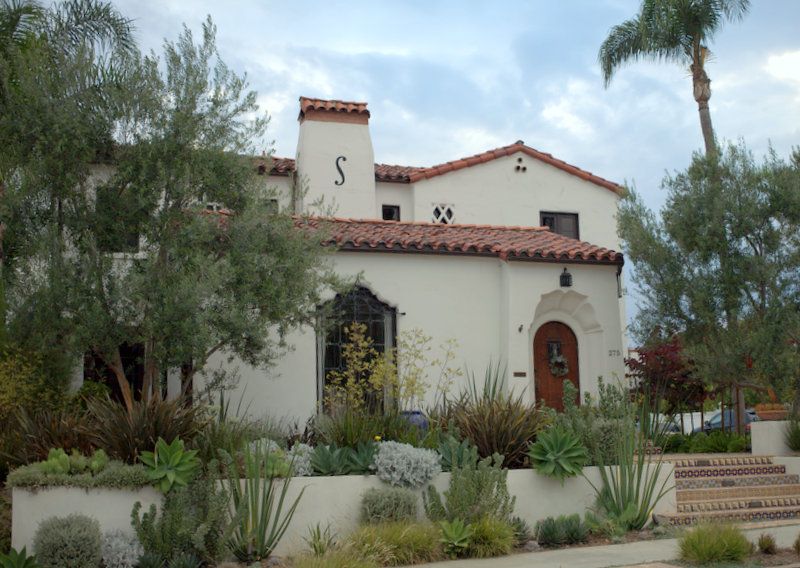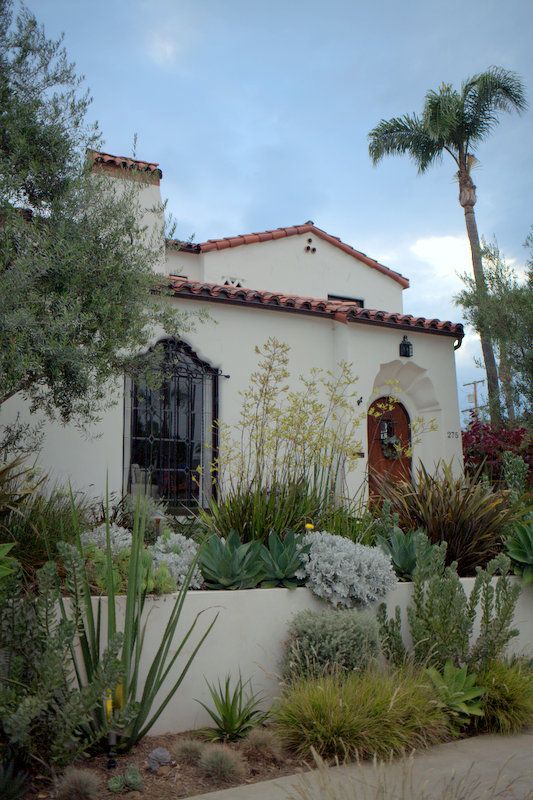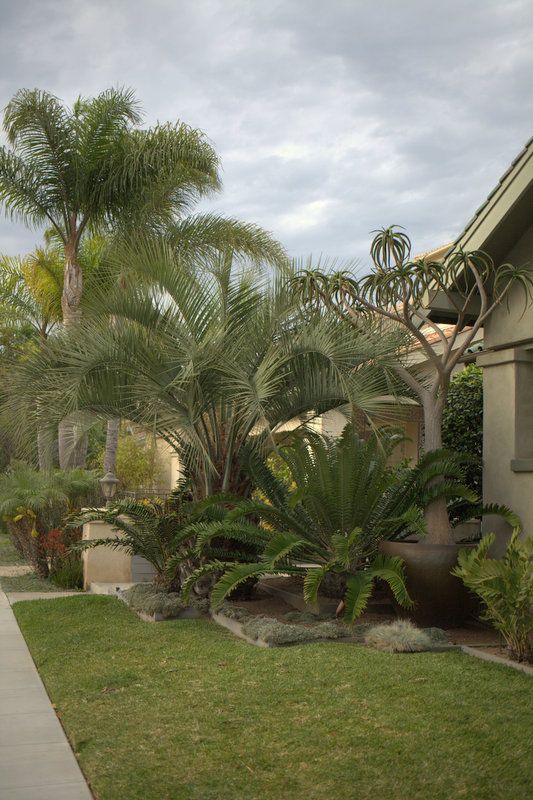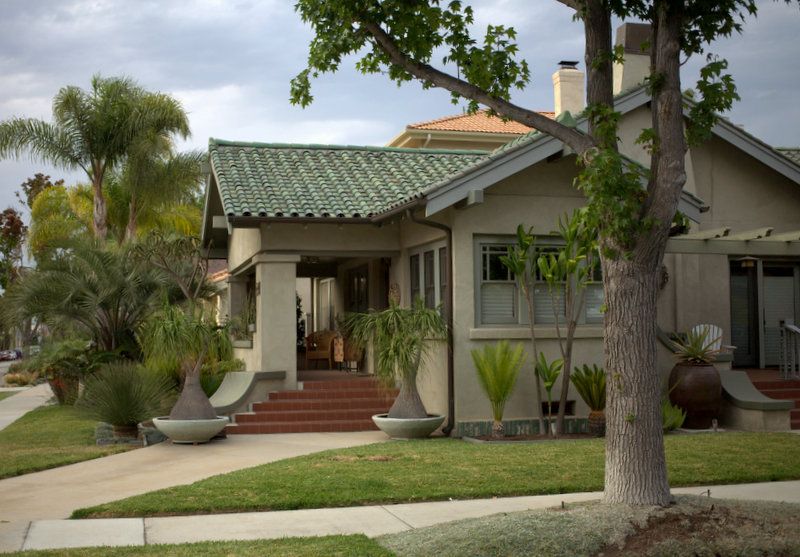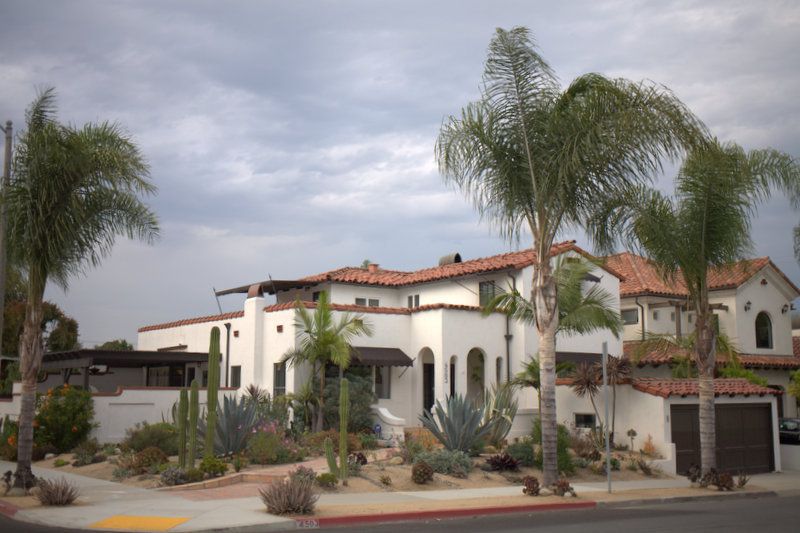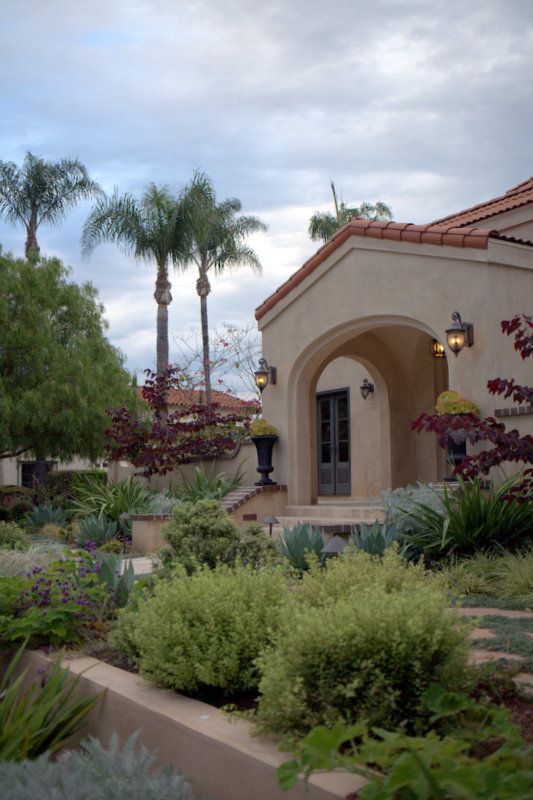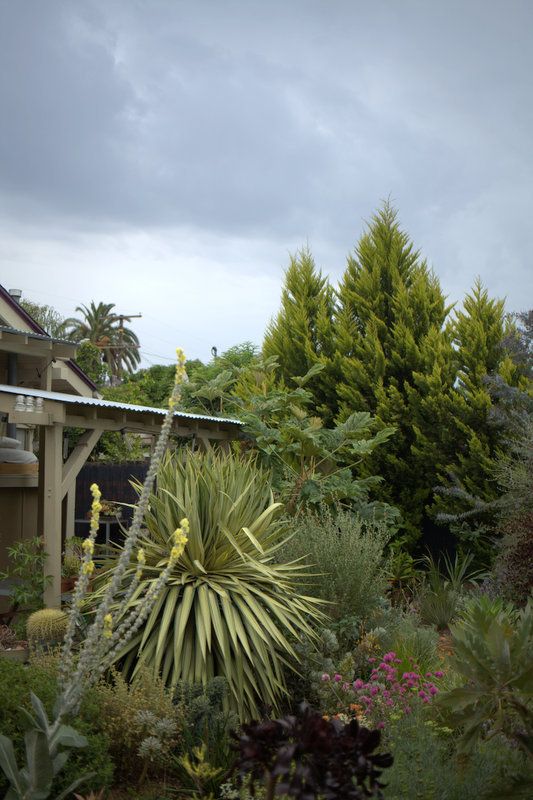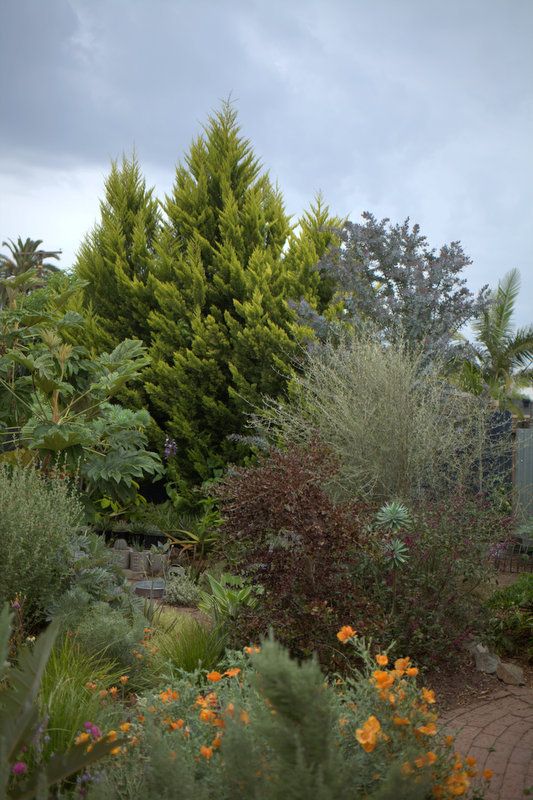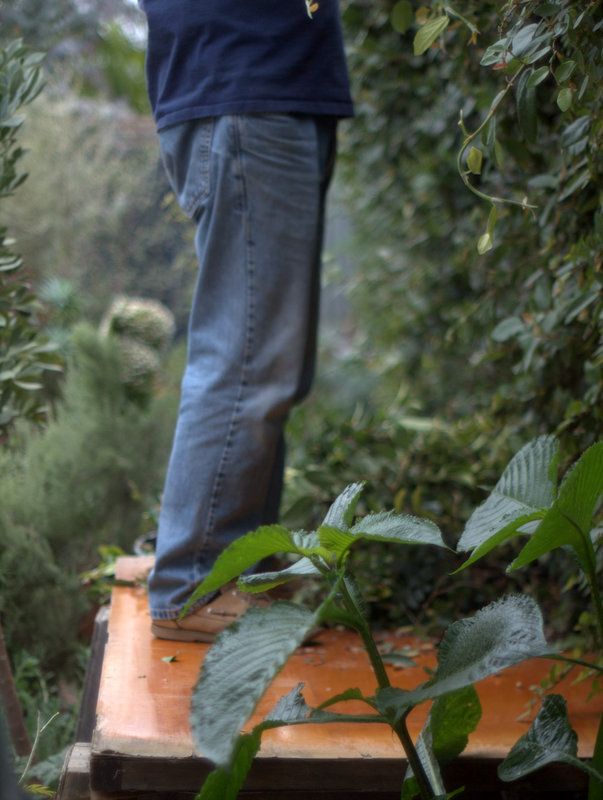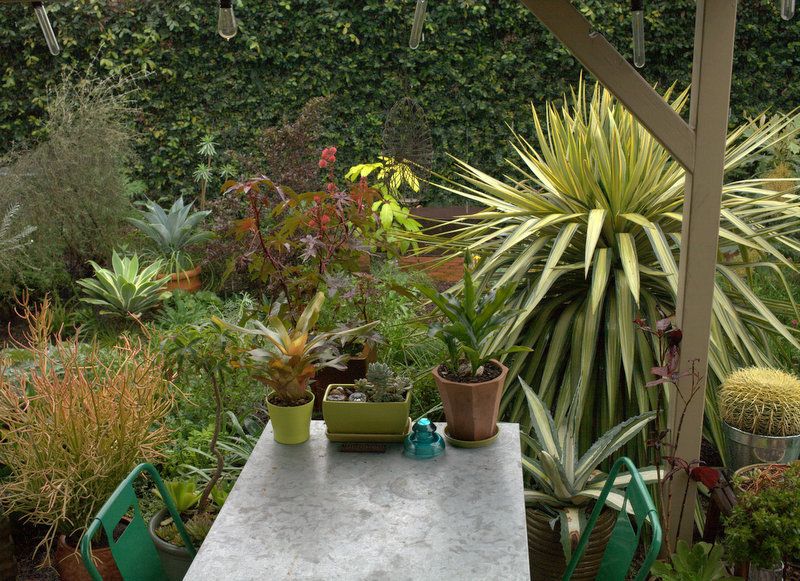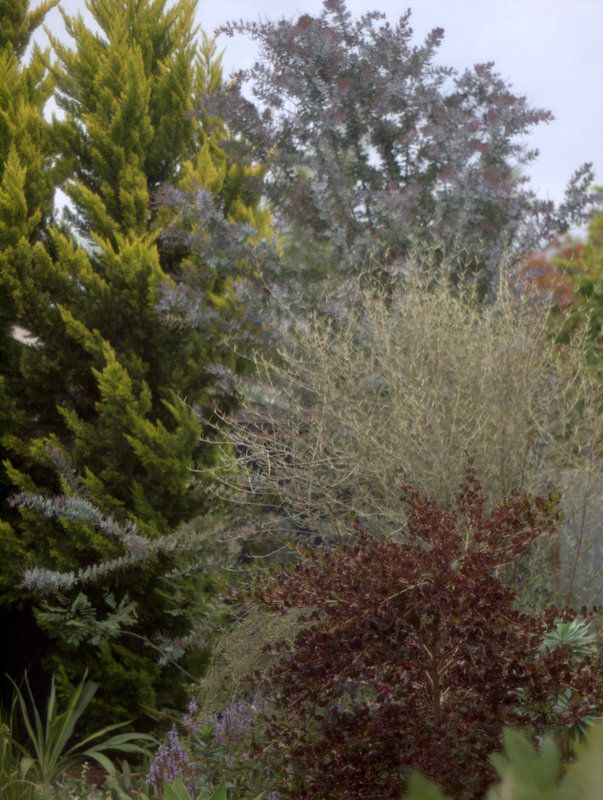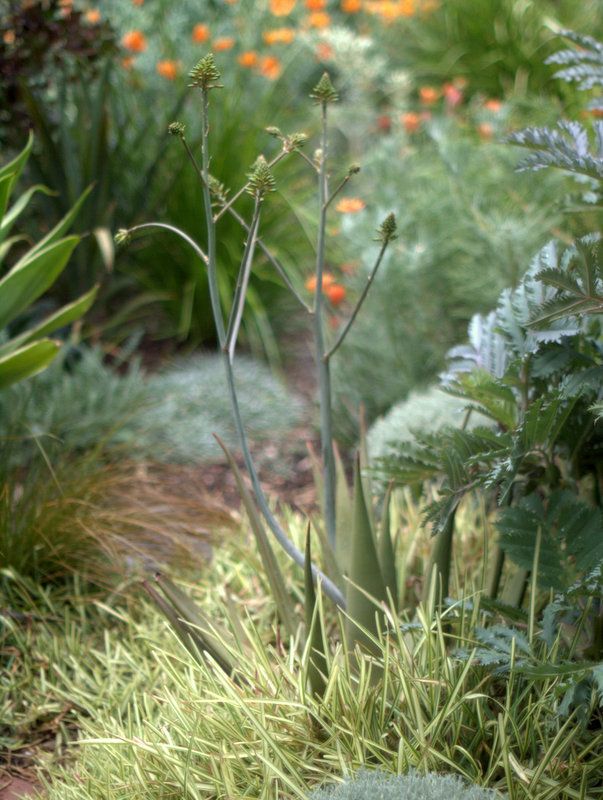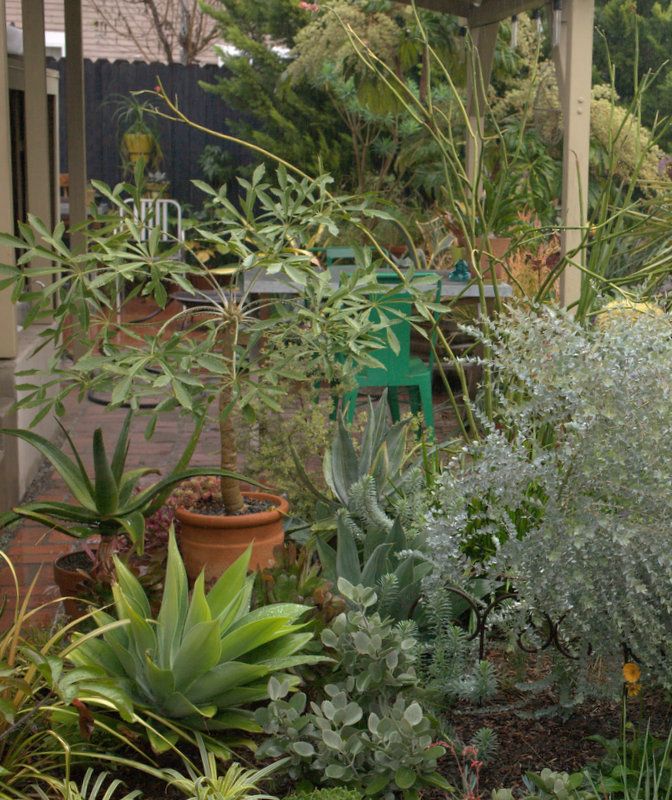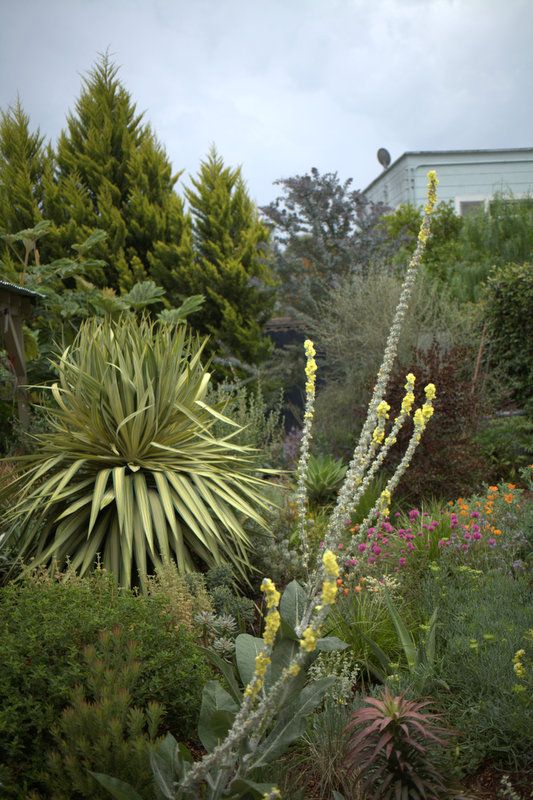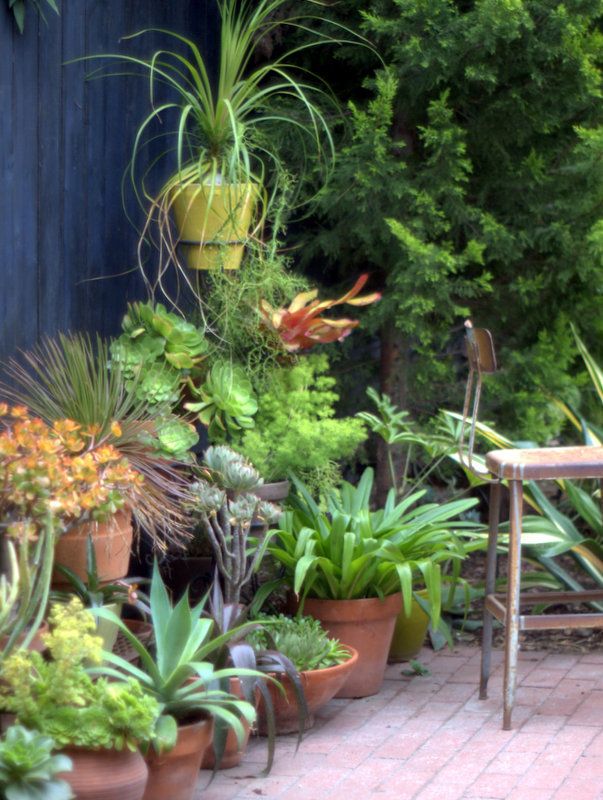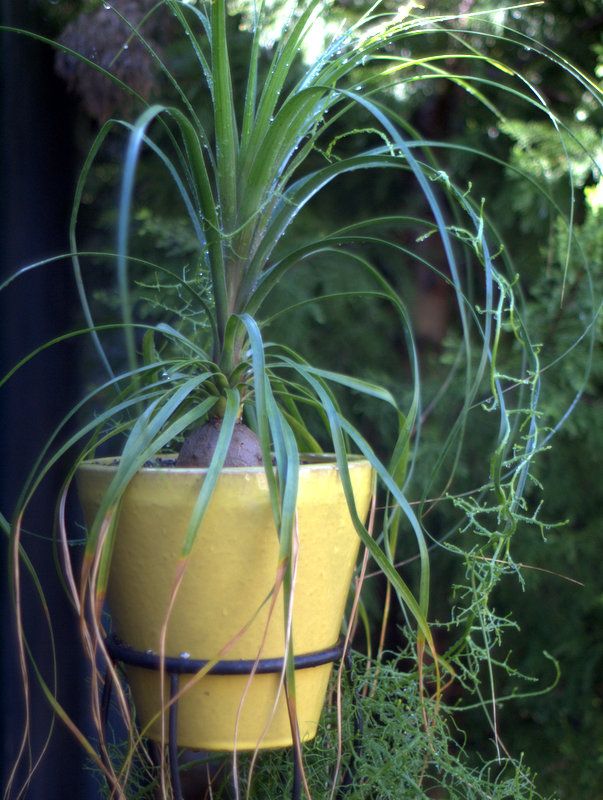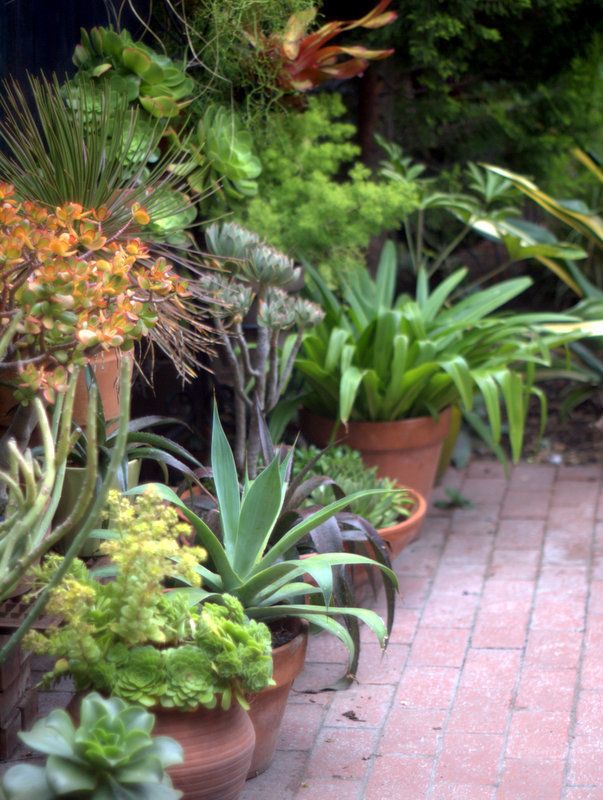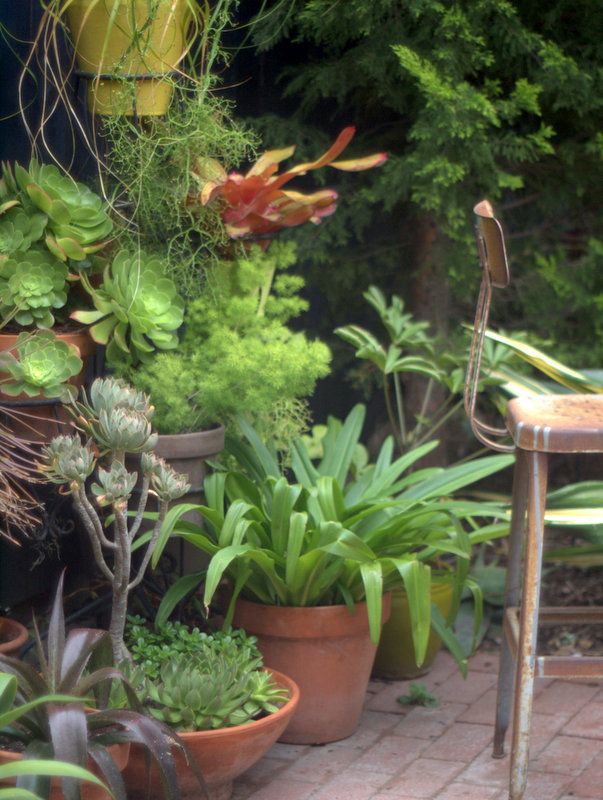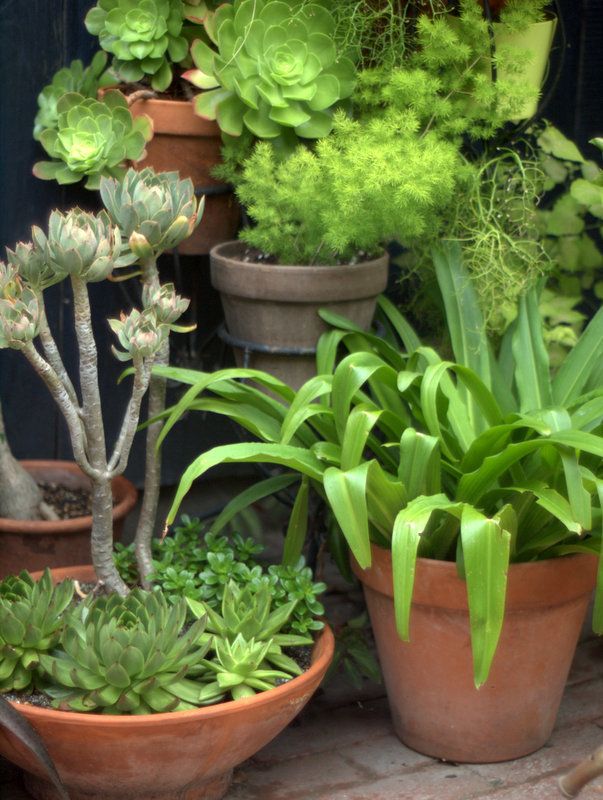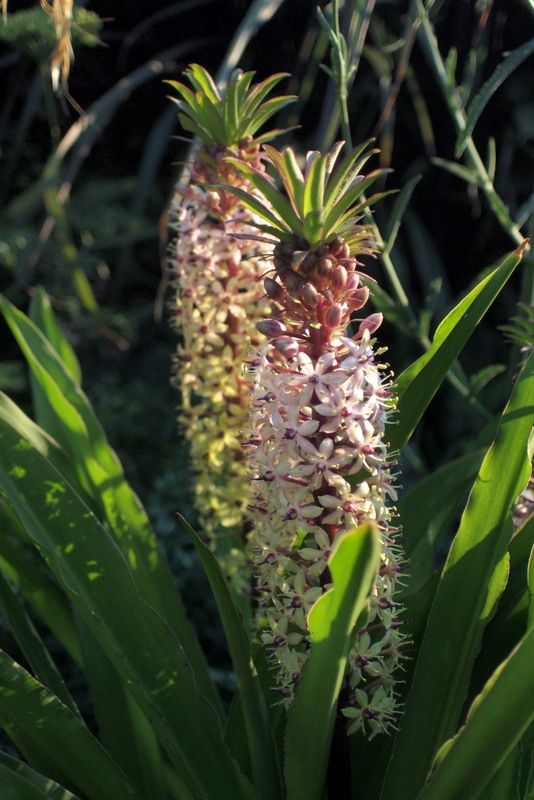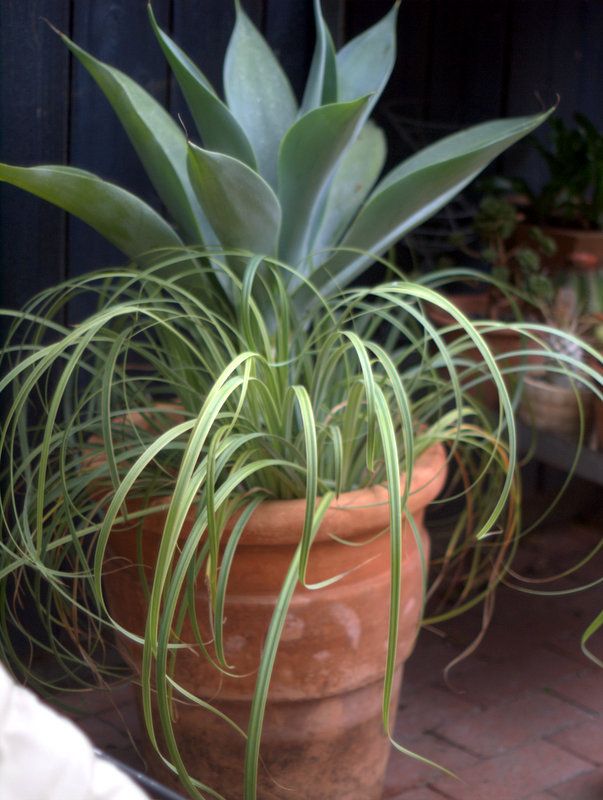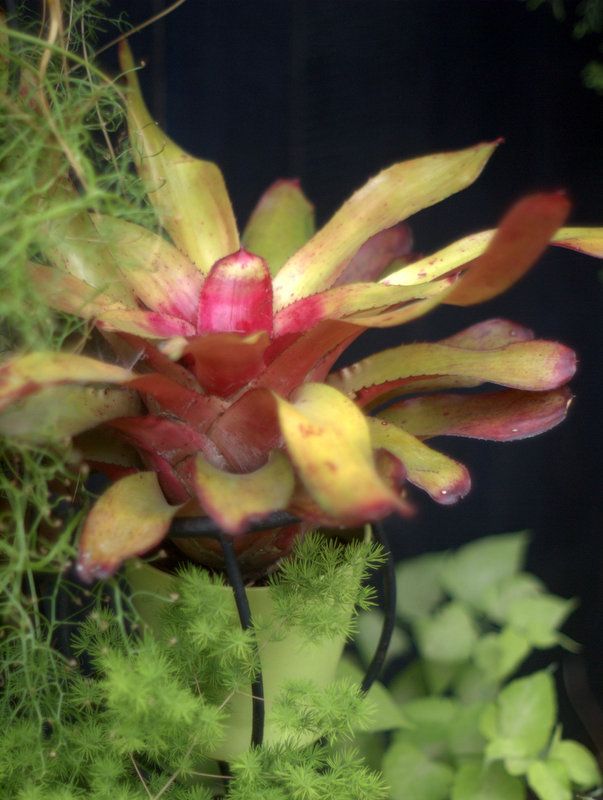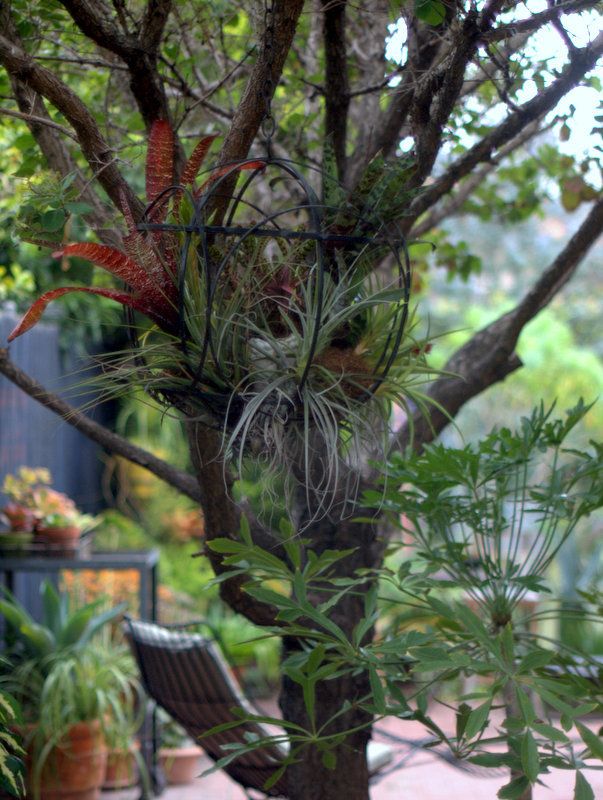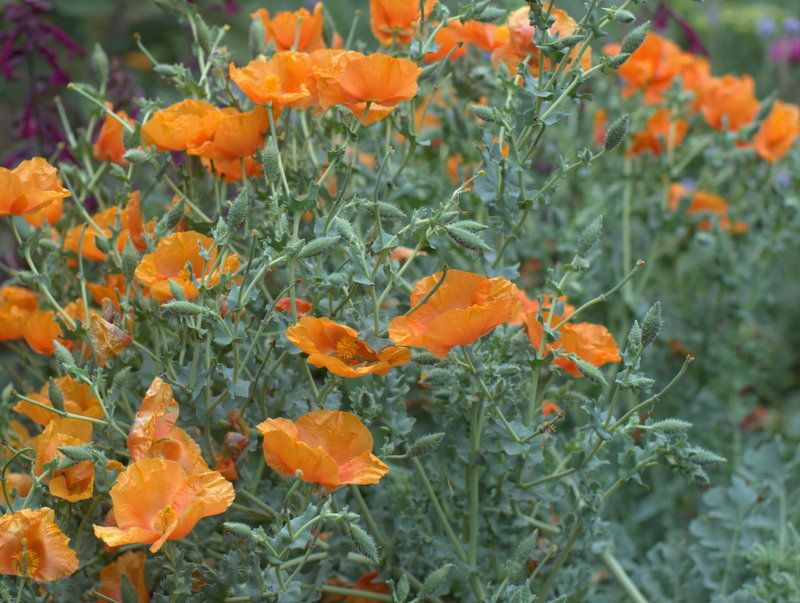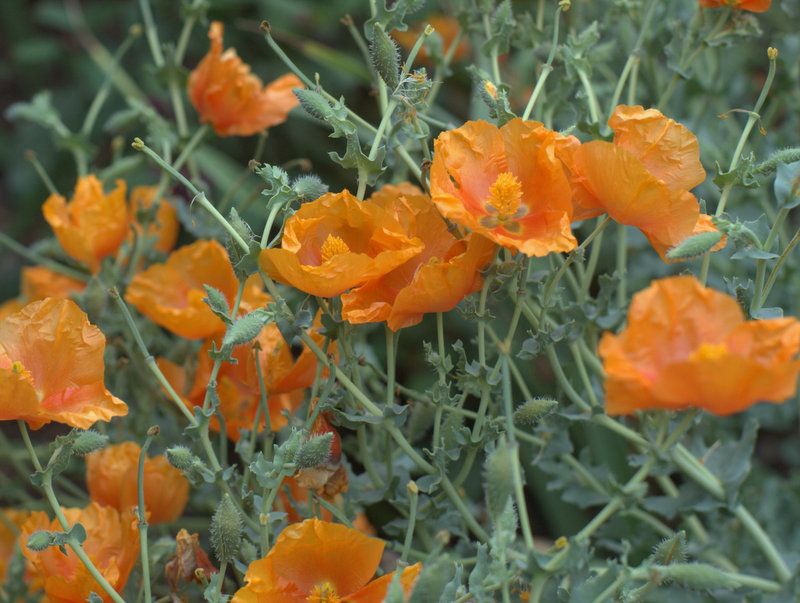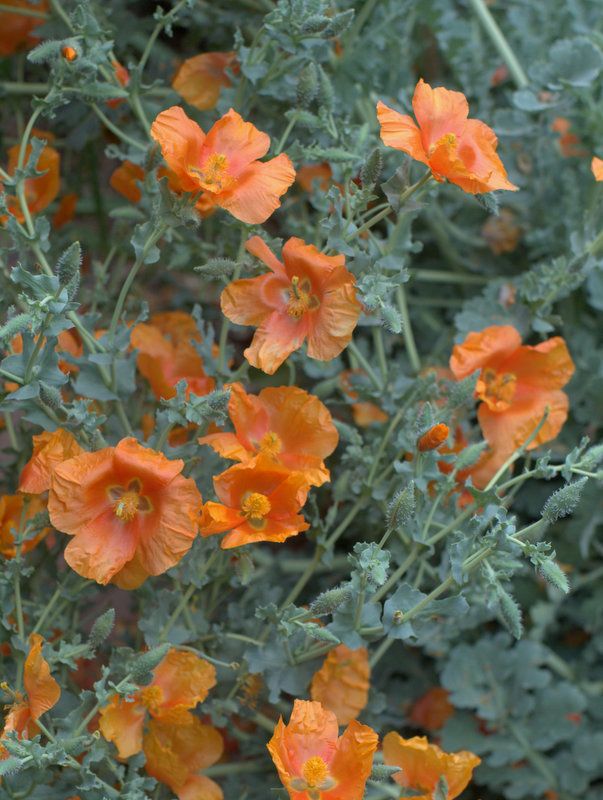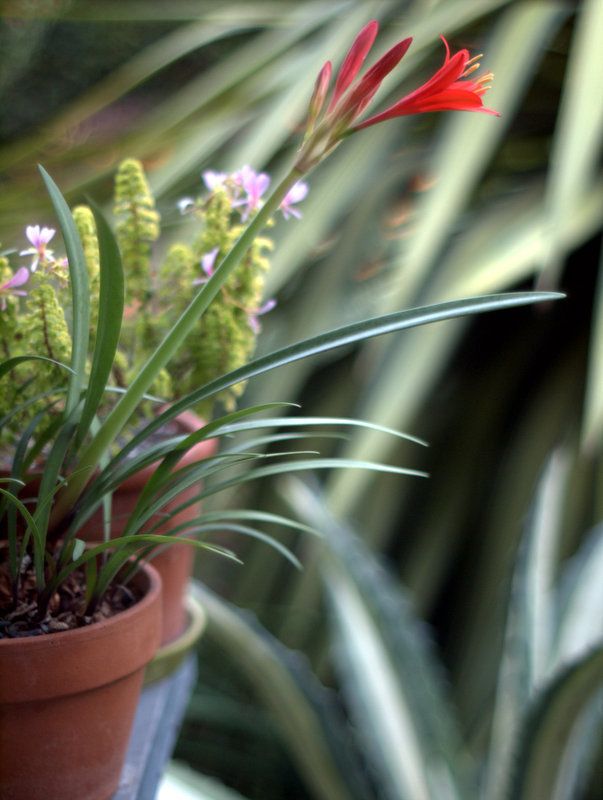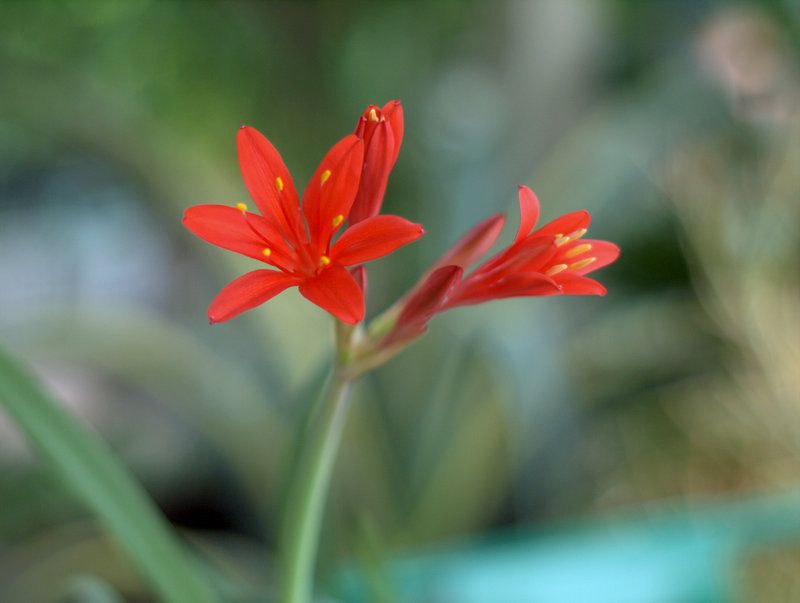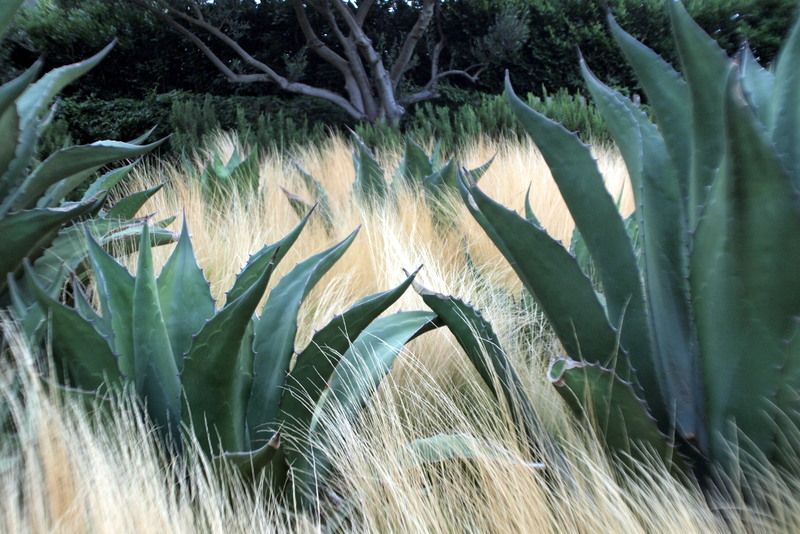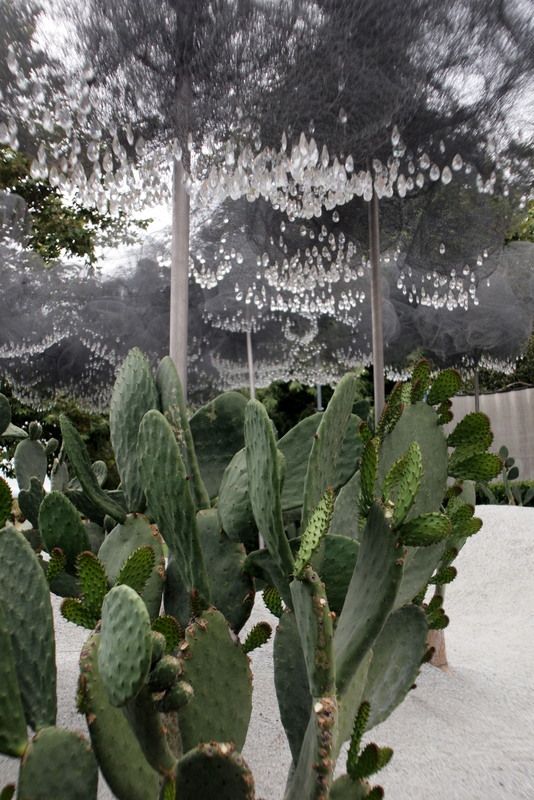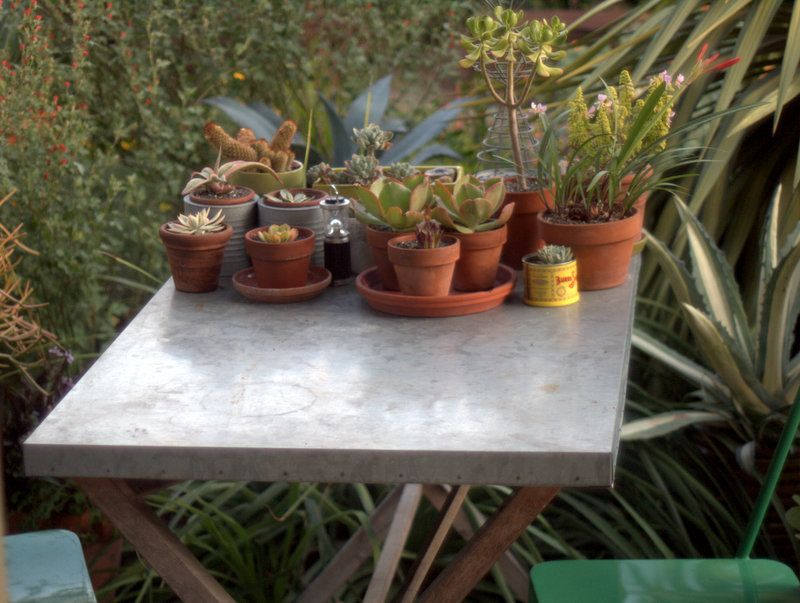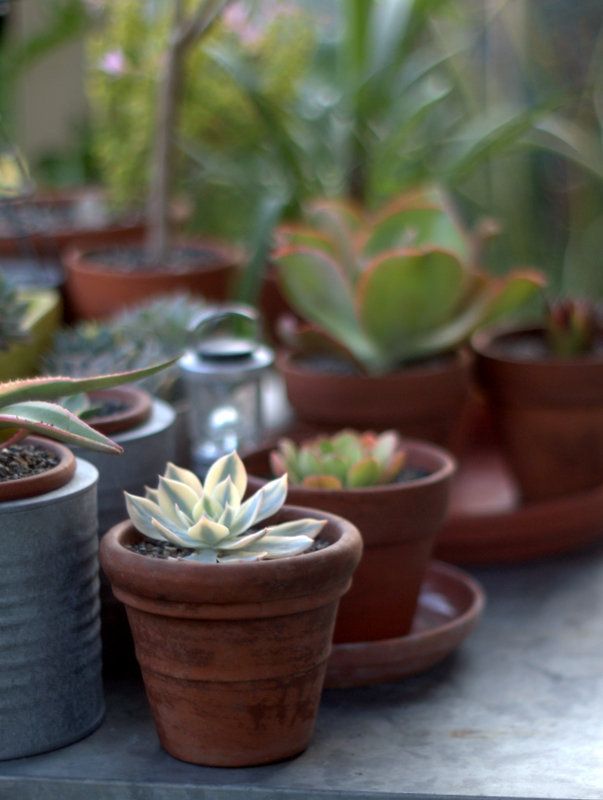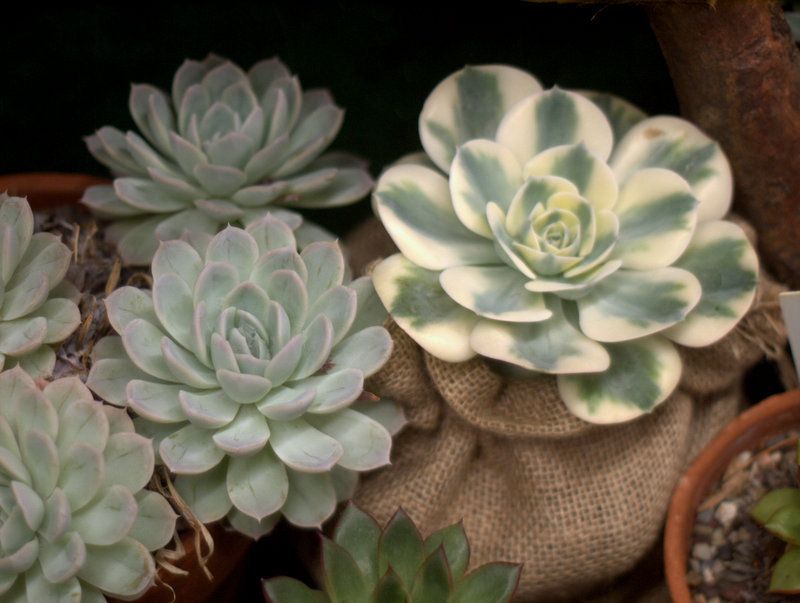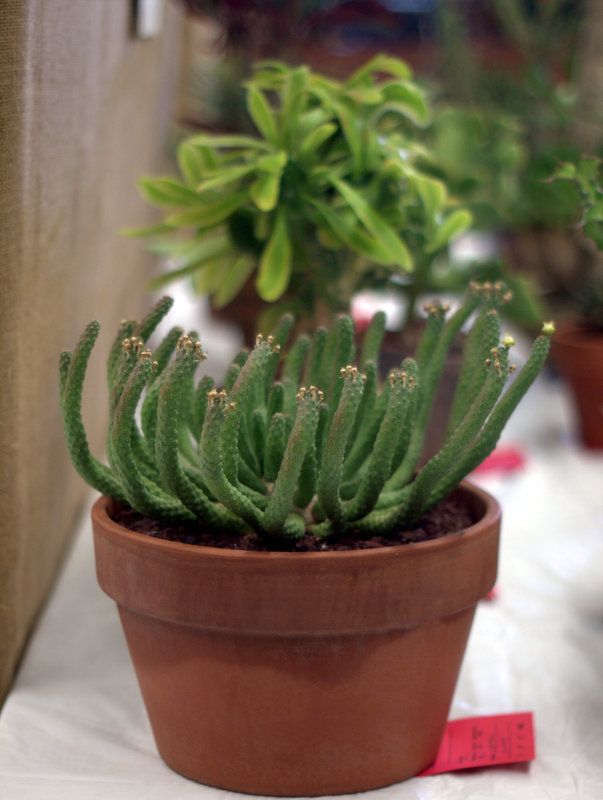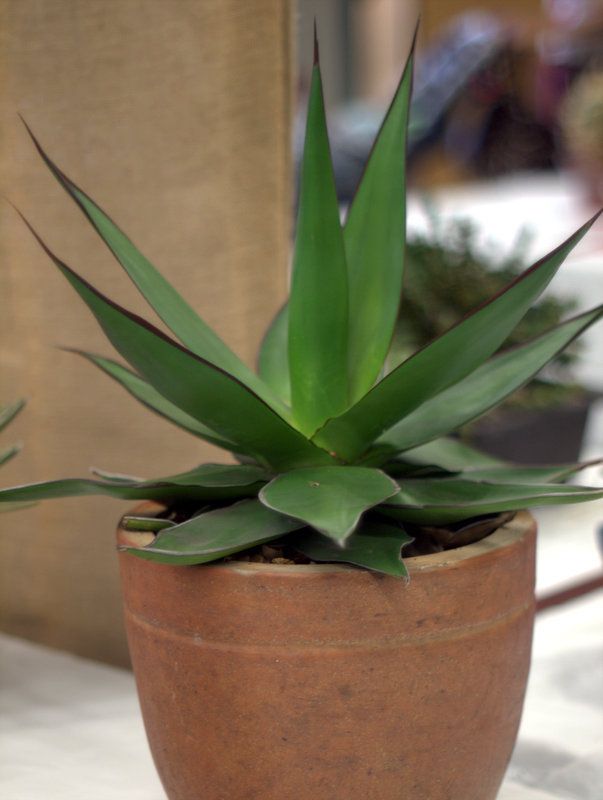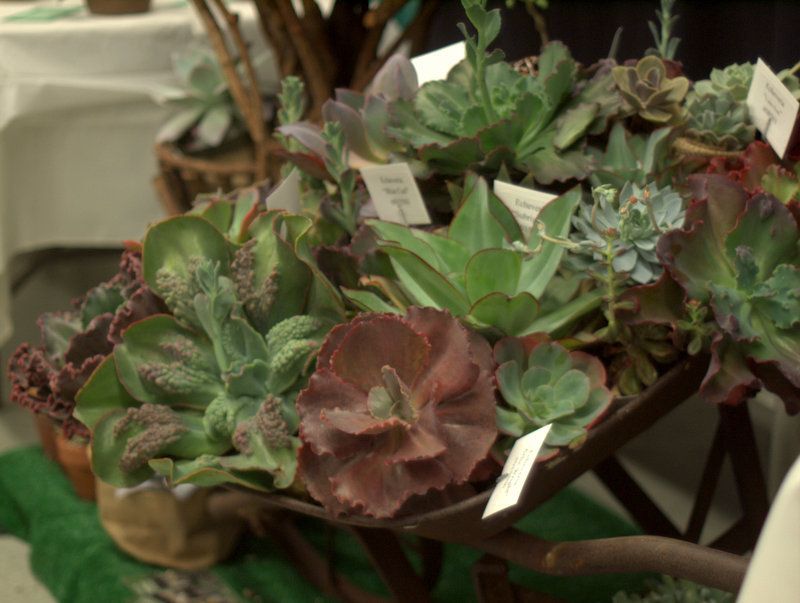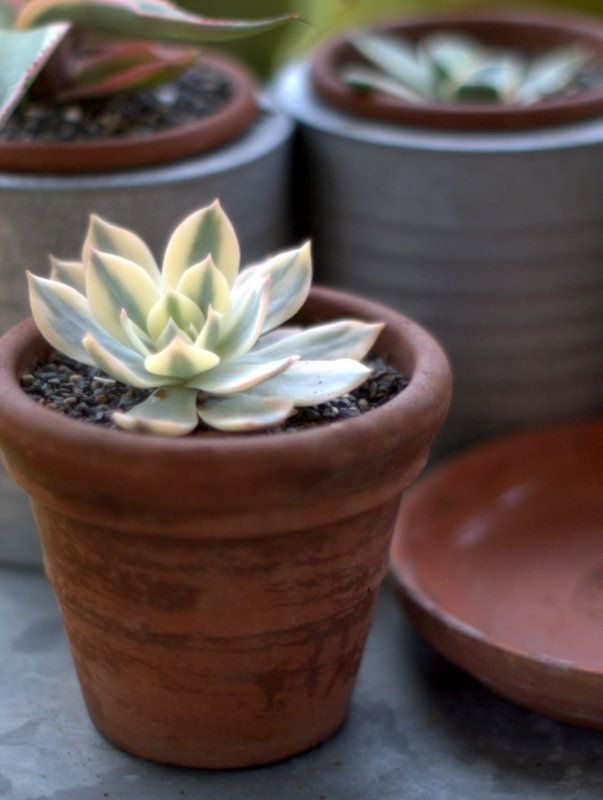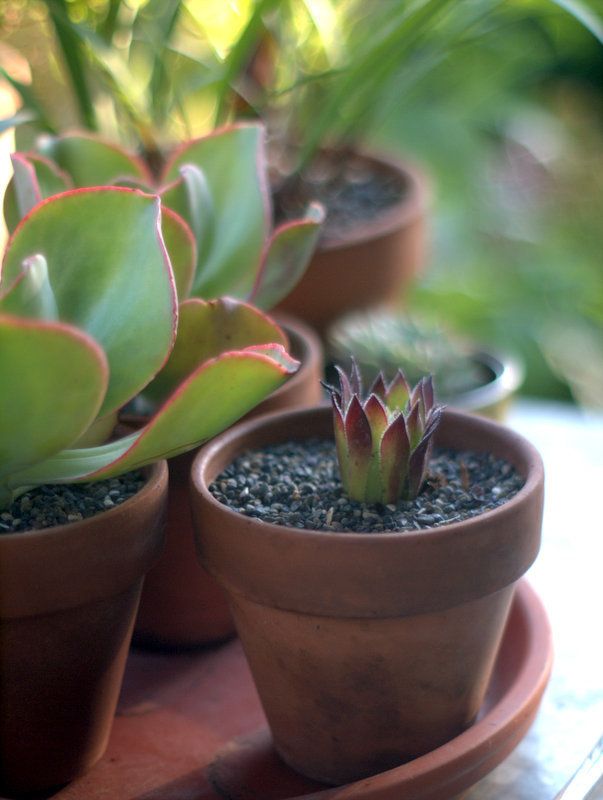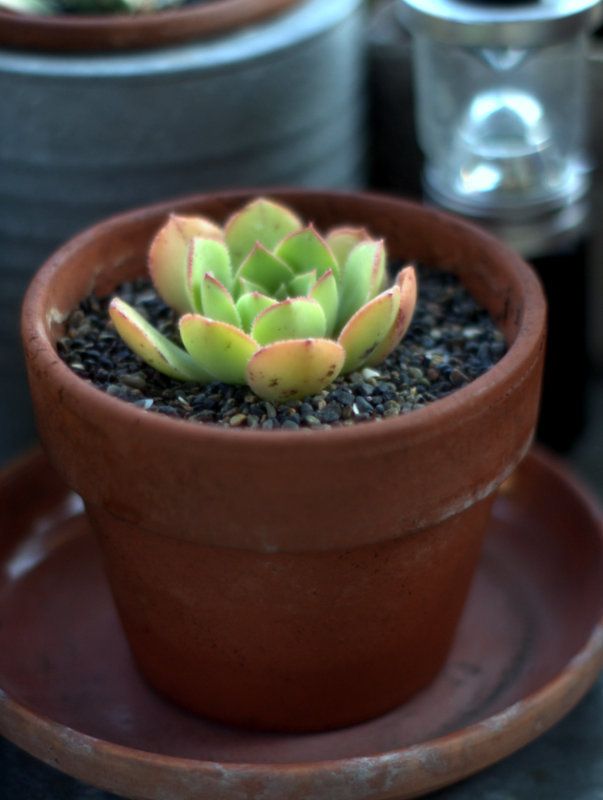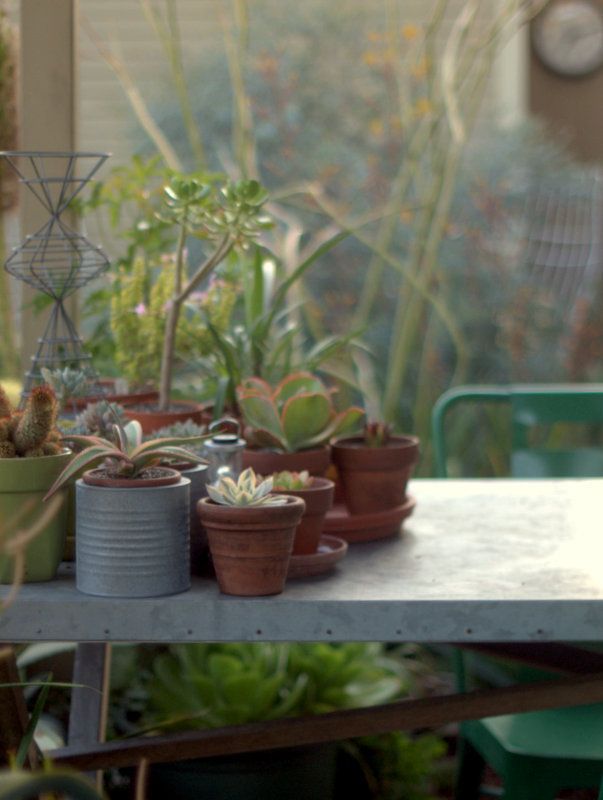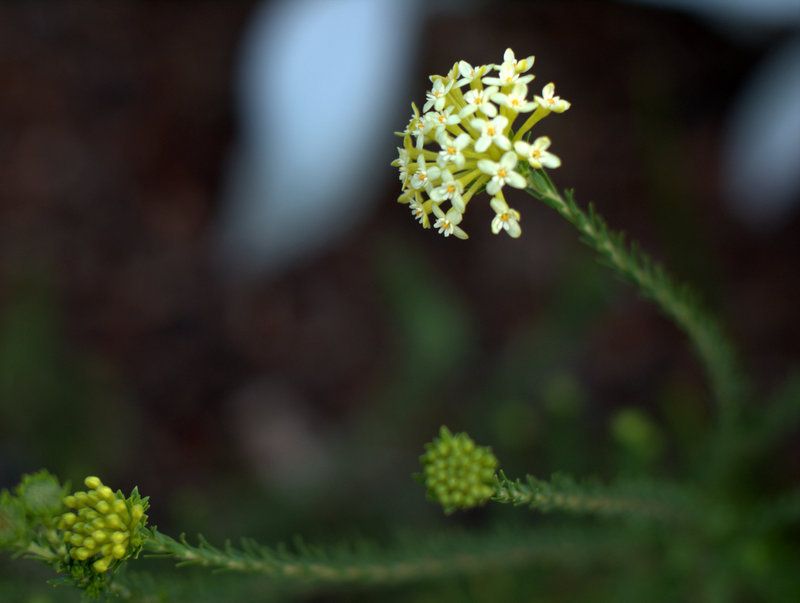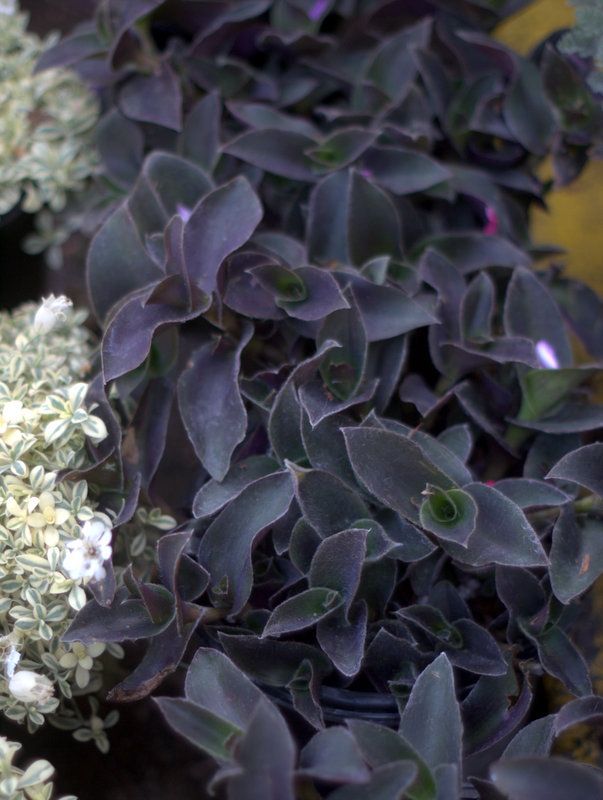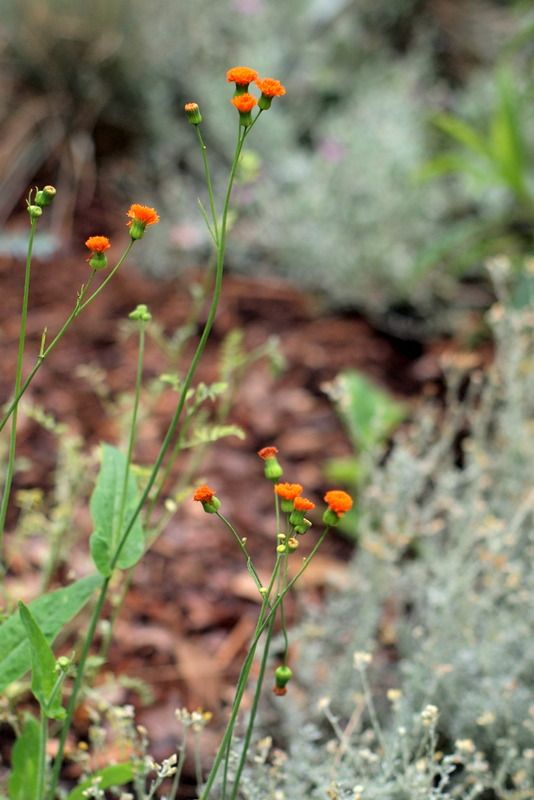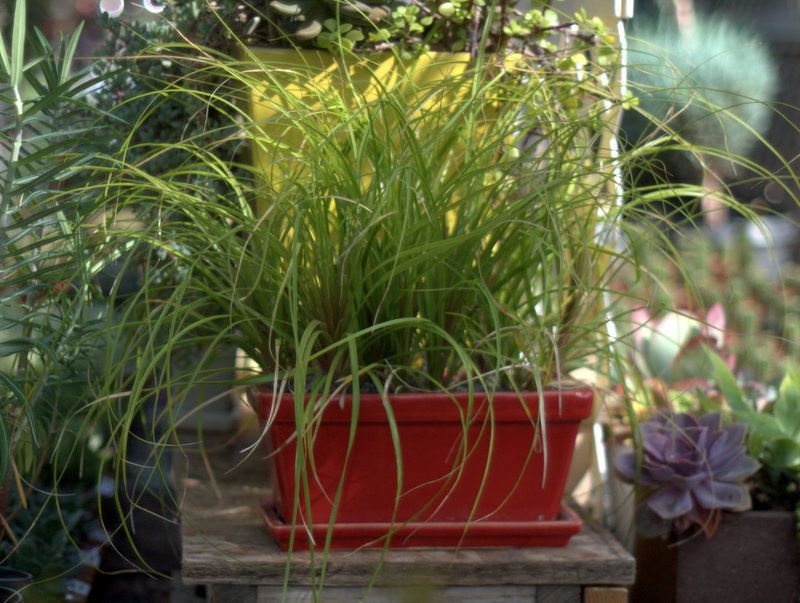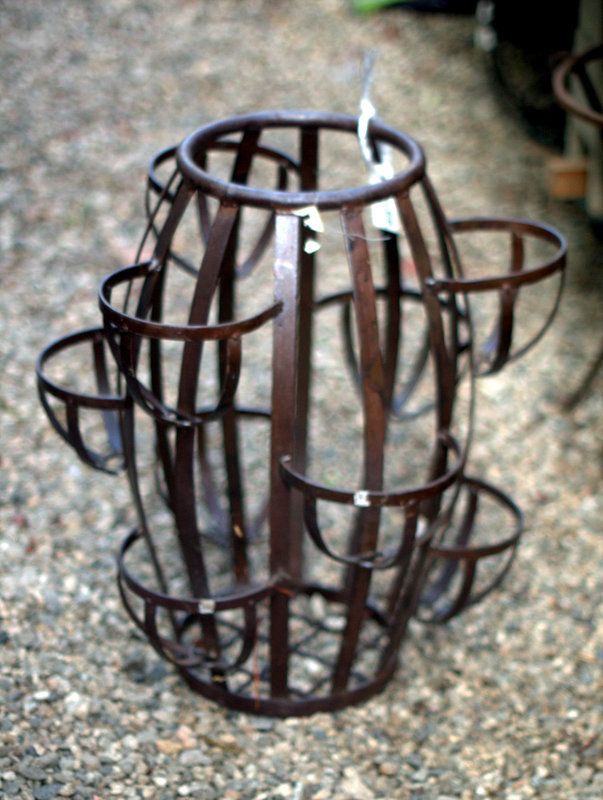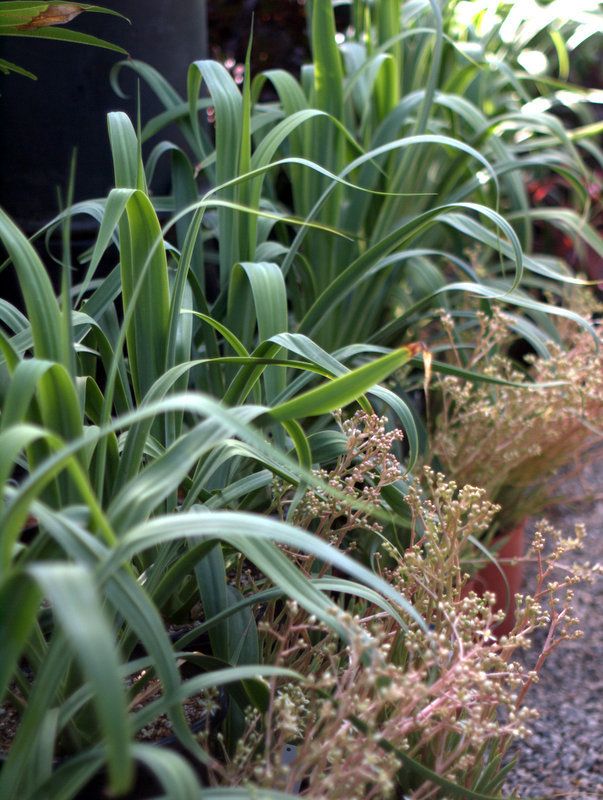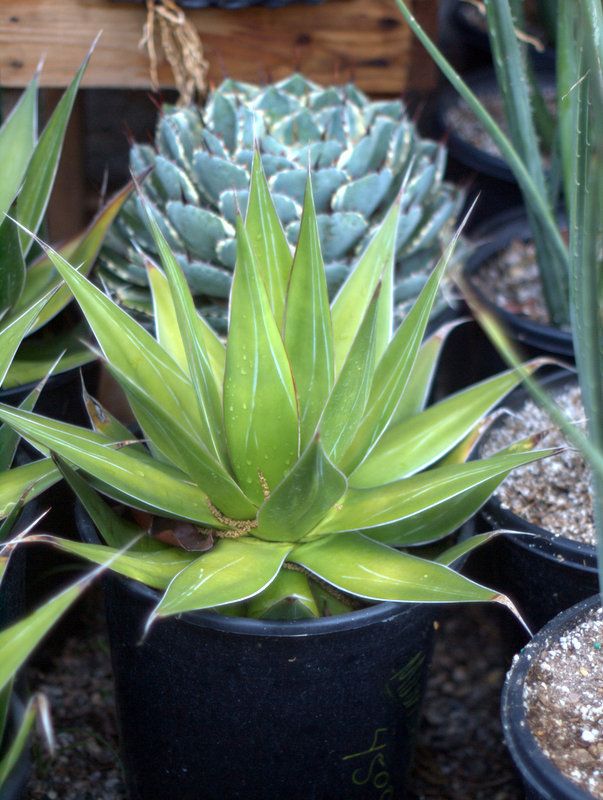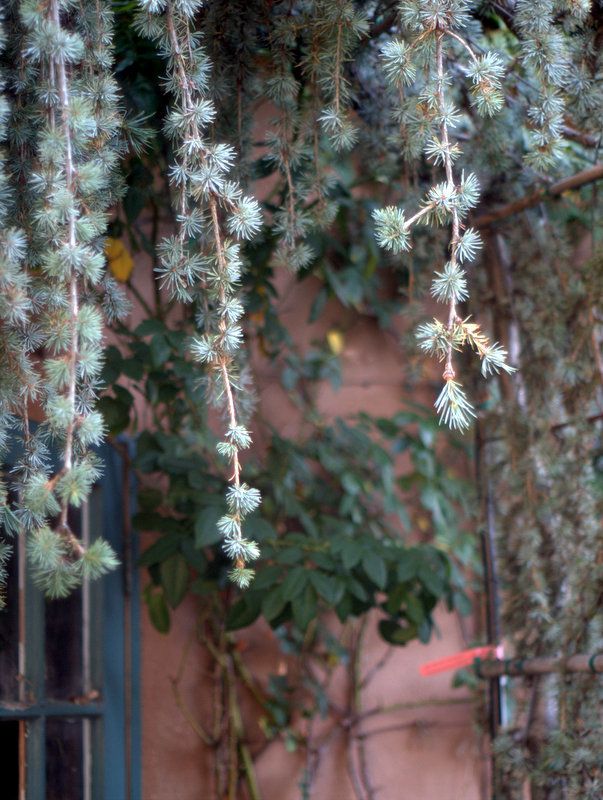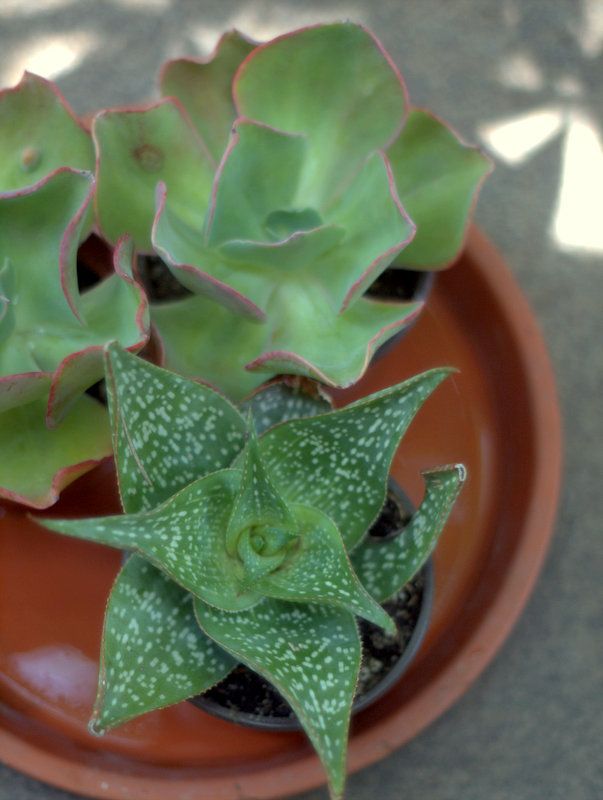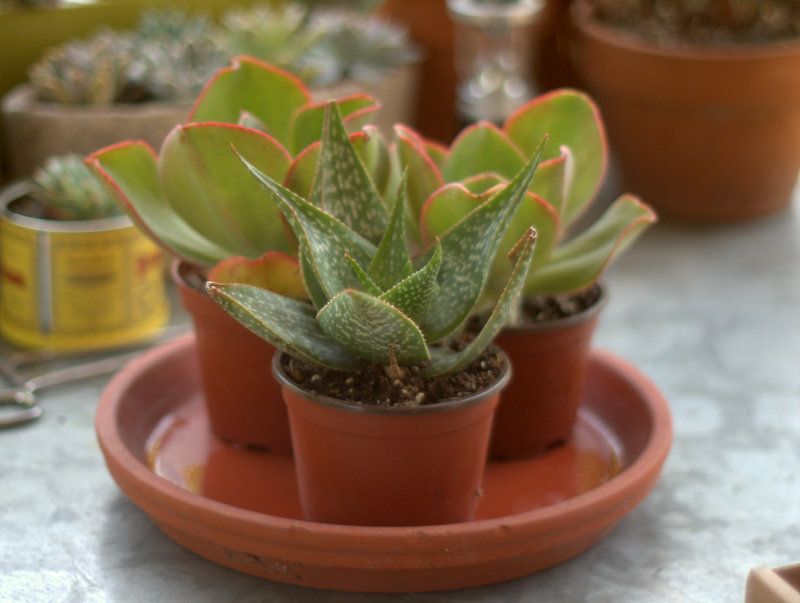By now it’s fairly obvious that visiting plant nurseries and gardens are two of my favorite pursuits.
The ultimate in garden touring is possible when occasionally, though all too rarely, both pursuits can be accomplished at one location.
The list of West Coast nurseries with attached gardens include the fabled Western Hills and Heronswood, (both now undergoing a renaissance under new ownership), Annie’s Annuals & Perennials, the Ruth Bancroft Garden, and quite a few nurseries in the Pacific Northwest, including Cistus, Joy Creek Nursery, Far Reaches Farm, Dragonfly Farms, Dancing Oaks.
I’m sure there are local favorites near you, such as Plant Delights in North Carolina and White Flower Farms in Connecticut.
And now many botanical gardens keep a good selection of plants on sale year-round.
I spent a couple intensely enjoyable, moodily overcast days last week visiting nurseries and gardens in and around Santa Barbara, including Seaside Gardens near Carpinteria, which is one of those rare nurseries with excellent display gardens that is fast becoming a well-blogged nursery/garden destination. It has the kind of garden you dash in and out of to check stock at the nursery of a particular plant just seen in full, dazzling growth in the garden. In my case, it was Alstroemeria ‘The Third Harmonic.’ I grew it once, panicked at its gigantic ways, eradicated every tuber, and have missed it ever since.
And it’s not been easy to find again. But there it was in bloom in a garden at Seaside.
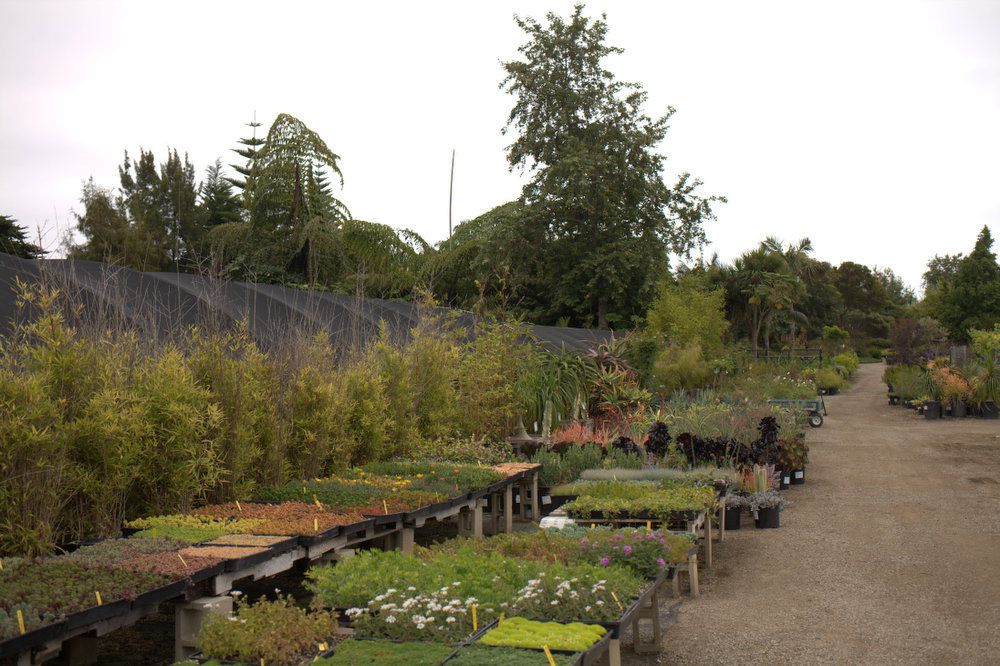
The following photos of the growing grounds are a result of asking a nice gentleman to check if he had this alstroemeria after spotting it in the garden.
None were for sale in the retail section, so we took a stroll through the growing grounds to find if any were ready for sale.
During our walk through row after row of the seductive building blocks of future gardens, I bemoaned my experience with TTH, its enormous size and sprawling ways.
My guide said I had given it too much water, that it never tops 4 feet at the nursery and is in fact a good candidate for dry gardens.
Discussing problem plants with nursery people is the best kind of talk therapy.
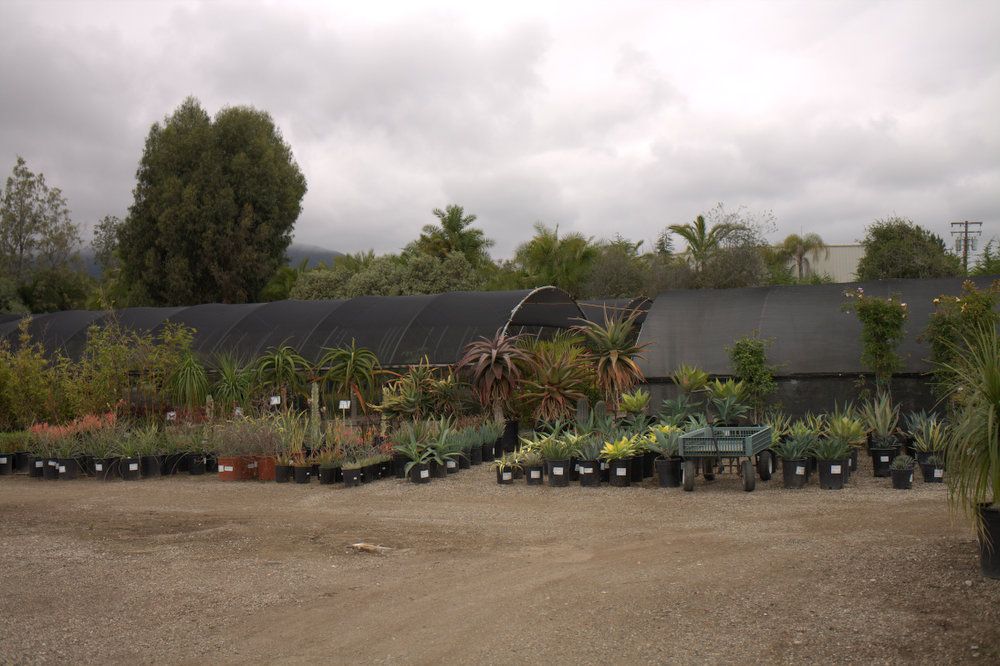
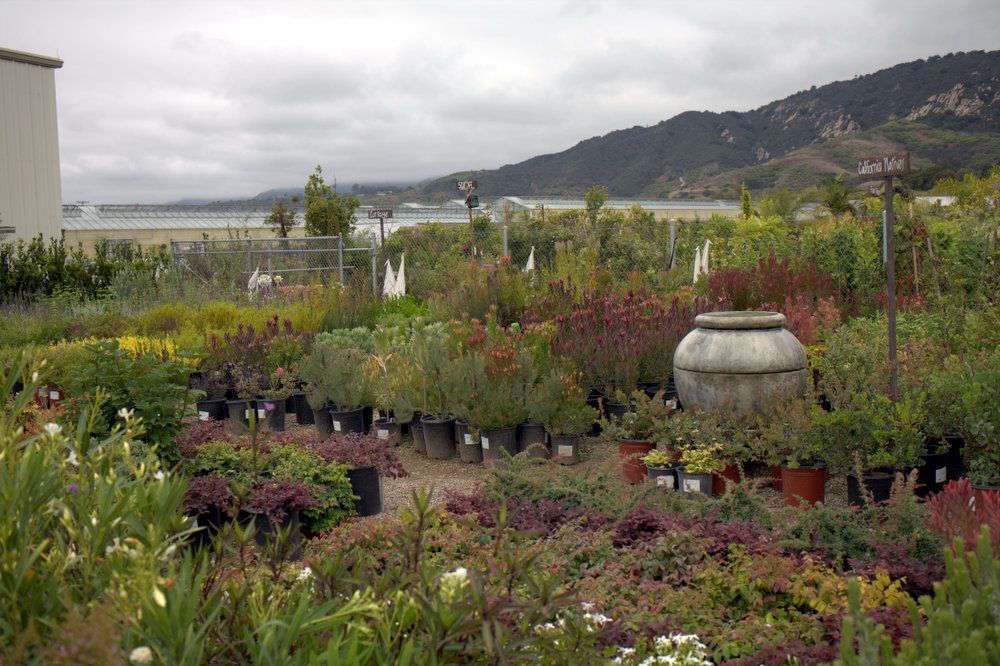
He said he began to grow these plants because nobody else would, gesturing to the many proteaceae family members.
Seeing this incredible inventory of mediterranean, dry garden plants, I mentioned that the nursery was in the catbird seat now with the advent of the recent water restrictions.
My guide shook his head and said he’s seen it all before. People begin to adapt to drier conditions, and then the rains return, causing the best water-wise intentions to wither away.
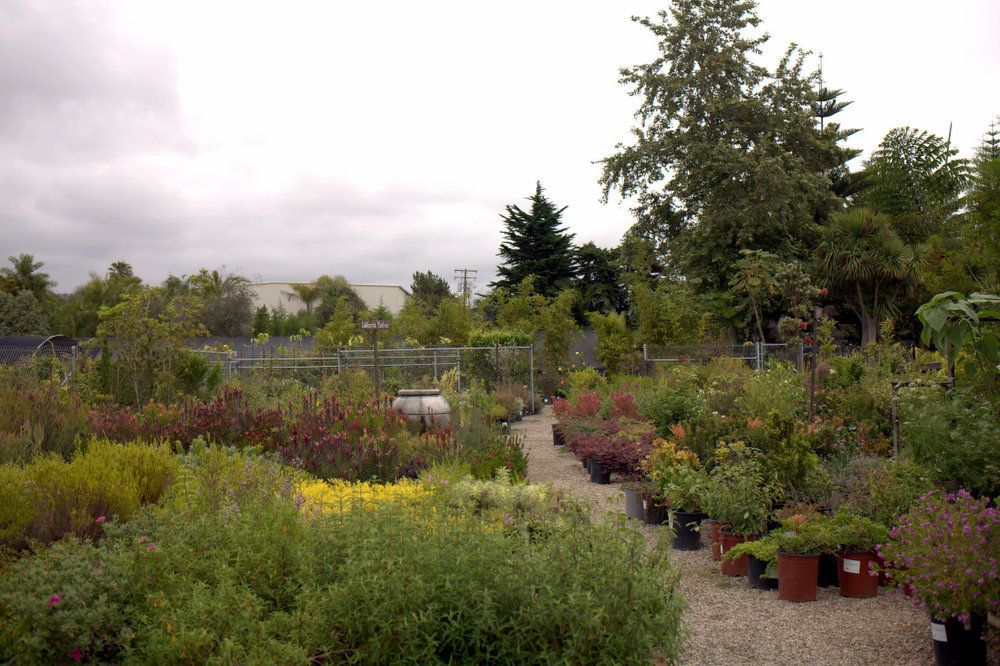
I remember the drought in the late ’70s, and this one just feels different, like a true tipping point.

